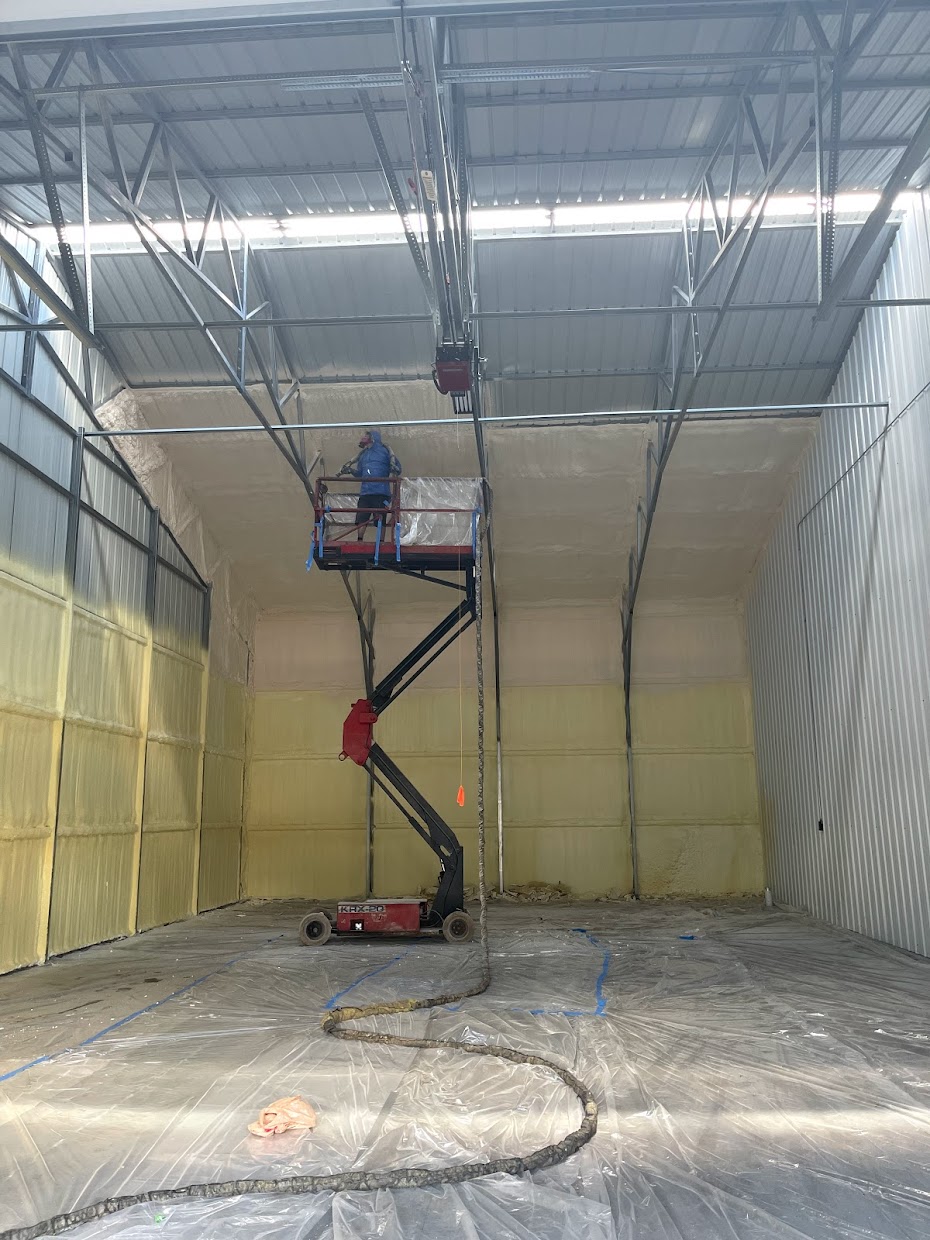
If you properly insulate your crawl space in addition to air sealing and controlling moisture, you will save on energy costs and increase your home’s comfort.
How to insulate a crawl space depends on whether it’s ventilated or unventilated. Traditionally, crawl spaces have been vented to prevent problems with moisture; most building codes require vents to aid in removing moisture from the crawl space. However, many building professionals now recognize that building an unventilated crawl space (or closing vents after the crawl space dries out following construction) is the best option in homes using proper moisture control and exterior drainage techniques.
Spray foam Insulation installed between your floor joists in your crawl space is the only material that will create an effective thermal barrier from obstructions such as wiring and plumbing, ductwork, and narrow or wide joist spacing. Spray Foam will also serve as an effective moisture barrier between the ground and homes sub-floor surface. It will also prevent stack effect air/moisture movement into the homes walls and upward into the homes attic space, which can cause even more problems.
Spray Foam air-seals and creates unvented crawlspaces, delivering a conditioned area that works more efficiently and improves indoor air quality. The benefits of Spray Foam include offering a conditioned area for ductwork and air handlers, allowing the HVAC equipment to operate more efficiently for increased energy savings. Spray Foam increases the durability of the structure, and circulates cleaner air inside the home. Spray Foam minimizes airflow and accompanying moisture from entering the crawlspace and condensing on the ductwork.

